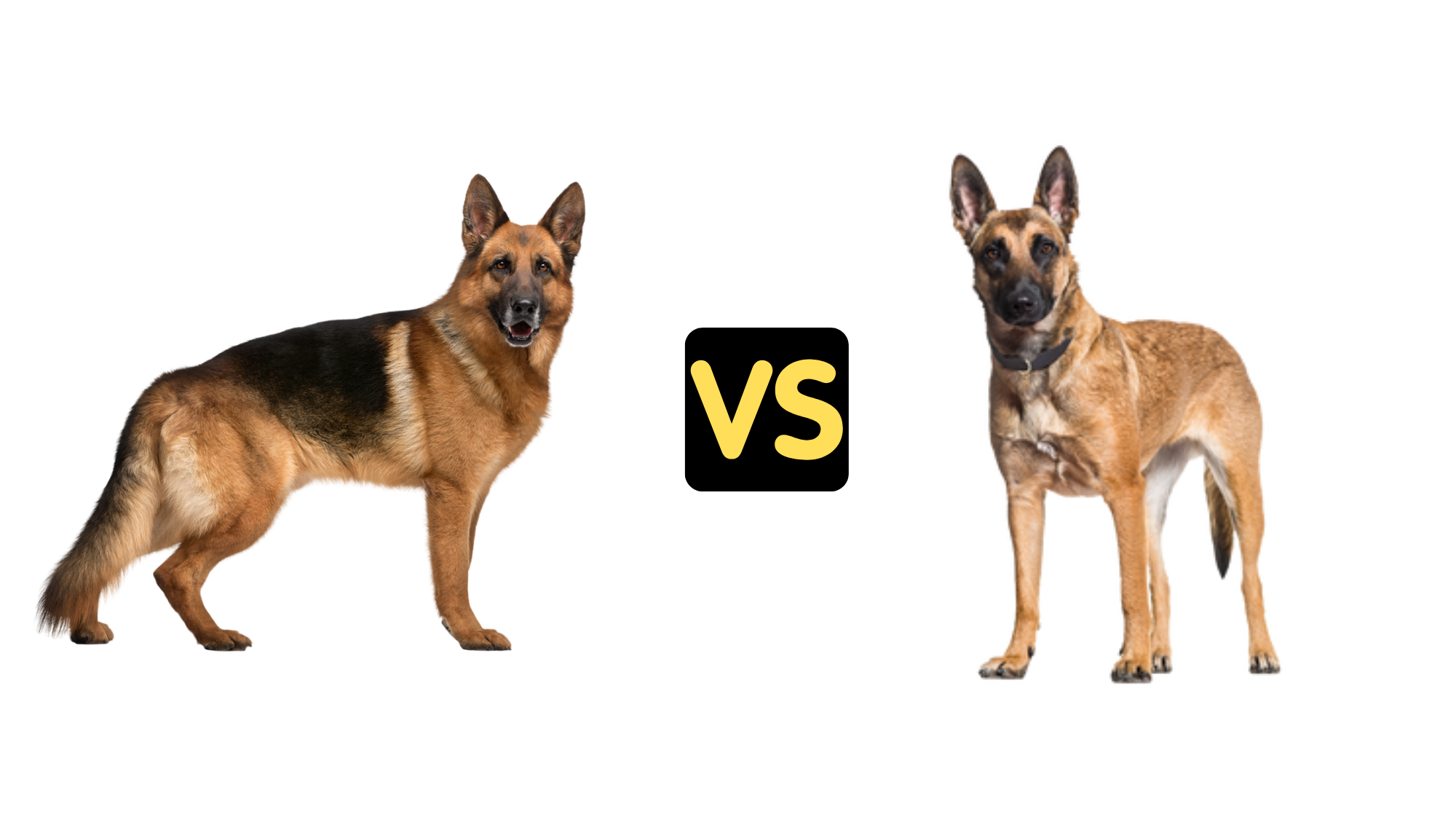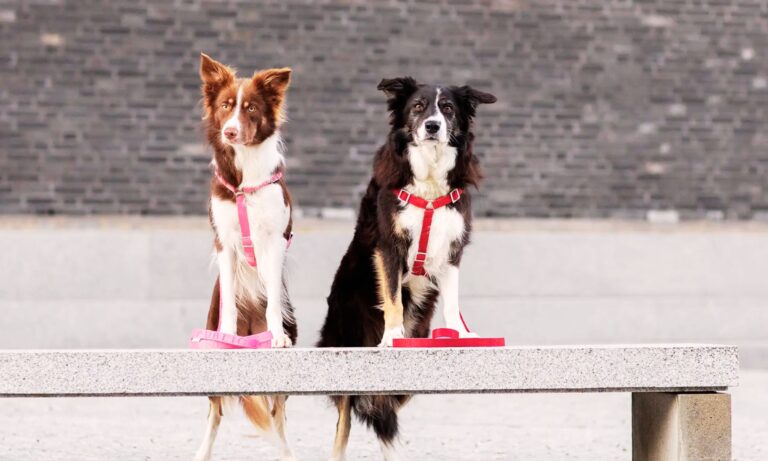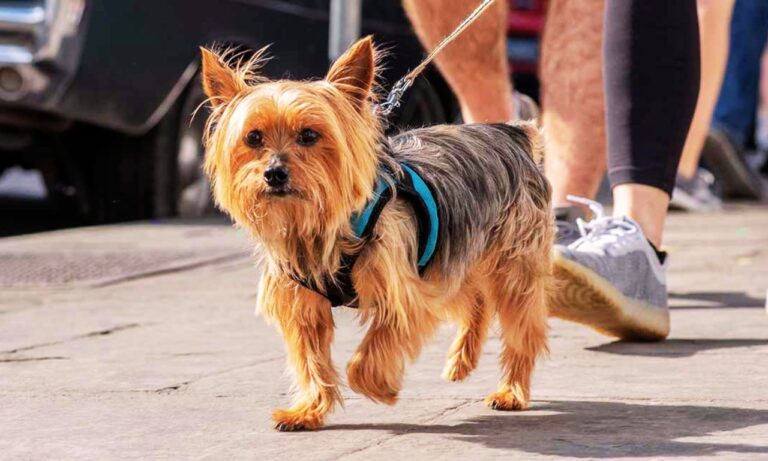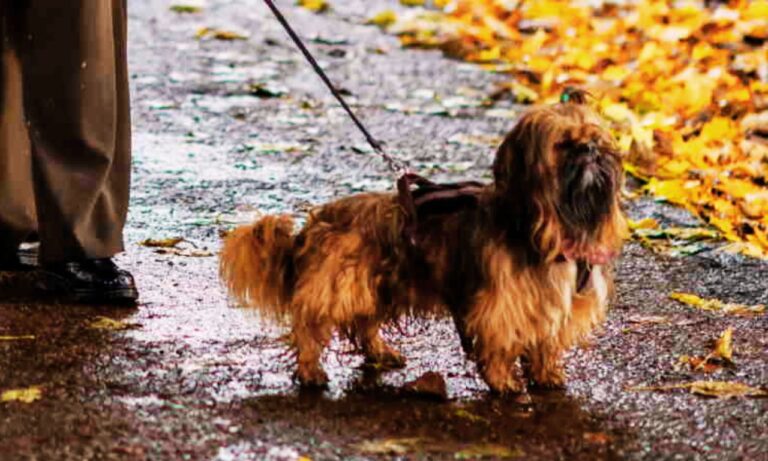German Shepherd vs Belgian Malinois — both are elite working dogs known for intelligence, agility, and loyalty. In terms of size, German Shepherds are typically heavier and slightly taller, with adult males averaging 65 to 90 pounds and standing 24 to 26 inches tall. Belgian Malinois are leaner, ranging from 60 to 80 pounds and standing about 22 to 26 inches. While both breeds excel in obedience and protection, their differences lie in energy levels, muscle build, and long-term working potential.
This guide breaks down every detail of German Shepherd vs Belgian Malinois — from real height and weight comparisons at different life stages to how their training, behavior, and athleticism stack up. Whether you’re a prospective dog owner or a handler deciding between the two, understanding these breed differences will help you make the right choice for your lifestyle or working needs. For guidance on choosing the right collar size for an Airedale puppy, check out this detailed guide.
Blog Highlights
ToggleGrowth Overview: How Fast Do These Breeds Grow?
Both German Shepherds and Belgian Malinois grow rapidly during the first year. However, the German Shepherd tends to mature slightly slower, filling out both physically and mentally over a longer timeline. In contrast, the Belgian Malinois hits peak performance earlier, thanks to its lean, muscle-ready frame. Learn if Dachshunds need special collars to provide the right support and comfort for their unique body shape.

Average Growth Chart by Age (Male Comparison):
| Age | German Shepherd (Weight) | Belgian Malinois (Weight) | German Shepherd (Height) | Belgian Malinois (Height) |
| 2 Months | 15 – 20 lbs | 12 – 18 lbs | 9 – 11 in | 8 – 10 in |
| 4 Months | 30 – 40 lbs | 28 – 35 lbs | 13 – 16 in | 14 – 16 in |
| 6 Months | 50 – 60 lbs | 40 – 50 lbs | 18 – 21 in | 19 – 21 in |
| 9 Months | 60 – 75 lbs | 50 – 60 lbs | 22 – 24 in | 22 – 24 in |
| 1 Year | 70 – 85 lbs | 60 – 70 lbs | 24 – 26 in | 24 – 26 in |
| Full Grown | 75 – 90 lbs | 65 – 80 lbs | 24 – 26 in | 24 – 26 in |
Note: Female Shepherds and Malinois are usually 10-15% lighter and 1-2 inches shorter.
German Shepherd: Strong, Balanced, and Built for Power
The German Shepherd is a powerhouse — muscular, bold, and broad in structure. Originally bred for herding sheep, the modern German Shepherd excels in law enforcement, military, search and rescue, and even therapy work. They’re large, heavy-boned dogs with strong shoulders, thick necks, and deep chests.
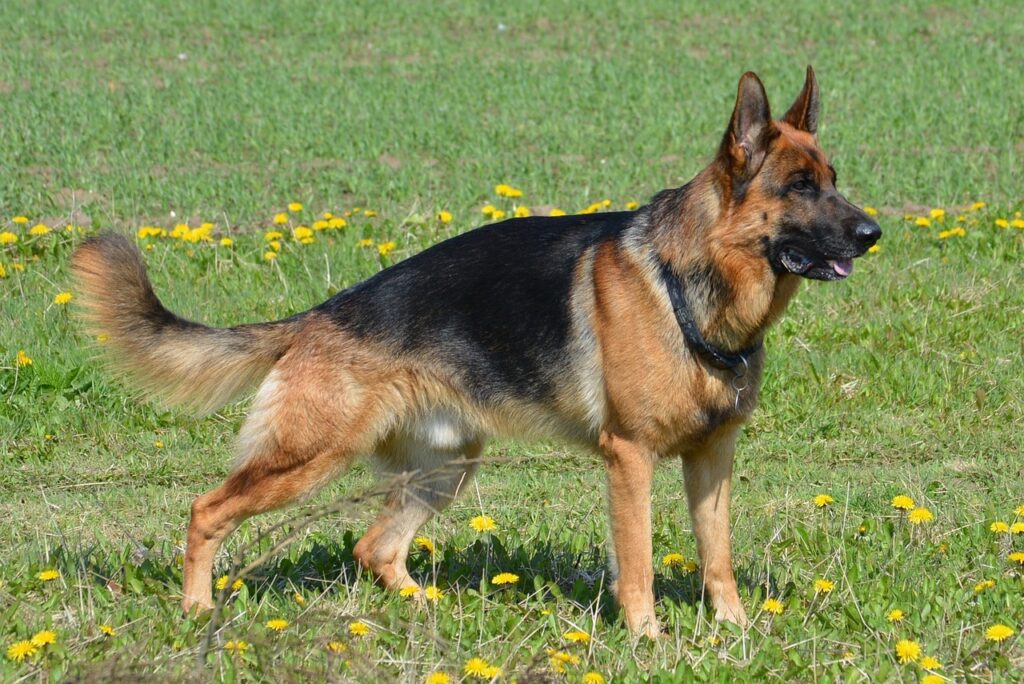
Size & Physical Structure
Adult male German Shepherds typically weigh 75 to 90 pounds and stand 24 to 26 inches tall at the shoulder. Females range between 60 and 75 pounds. Their frame is rectangular with a slight slope from shoulders to hindquarters, contributing to their iconic gait.
Growth Timeline
German Shepherds continue to grow until 18 to 24 months, with males often filling out even past their second birthday. Their muscle mass becomes prominent after 1 year, and their heads mature into their adult structure by 18 months.
Body Composition
The breed’s dense double coat adds to their perceived size. While stocky, German Shepherds are not bulky. Instead, they’re compactly muscular, with visible strength across their shoulders and thighs.
Discover what size collar is best for a French Bulldog puppy to ensure both safety and comfort during their growing stages.
Belgian Malinois: Agile, Lean, and High-Energy Performer
The Belgian Malinois is built for action. Compared to the German Shepherd, it’s lighter, faster, and more athletic — bred originally as a Belgian herding dog and now a favorite among elite military units like Navy SEALs and special ops.
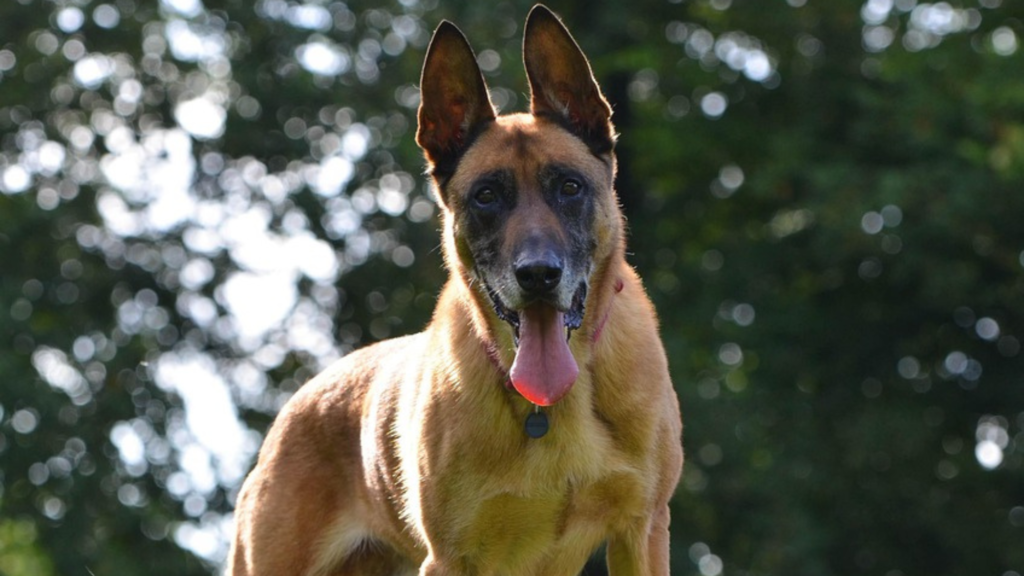
Size & Physical Structure
Males typically weigh between 65 and 80 pounds and measure 24 to 26 inches tall. Despite similar height to German Shepherds, they are noticeably leaner and have less body fat, making them faster and more nimble. Their frame is square and upright with less slope.
Growth Timeline
Malinois mature quickly. Most reach adult weight and height by 12 to 14 months. While they continue to gain muscle after this period, they’re often field-ready earlier than a Shepherd.
Body Composition
The breed has a tight coat, defined muscle tone, and an athletic build designed for endurance and speed. Unlike the Shepherd, they don’t have the “bushy” appearance — they look ready to sprint at any moment.
Behavioral Comparison: Intelligence vs Intensity
Both breeds rank among the top five most intelligent working dogs, but their mental focus and temperament differ significantly.
German Shepherd Behavior Traits:
- Calm, stable, and composed under pressure
- Excellent for family environments and dual-purpose work
- Naturally protective, but less likely to act impulsively
- More tolerant of downtime and affectionate at home
- Requires moderate mental stimulation and daily training sessions
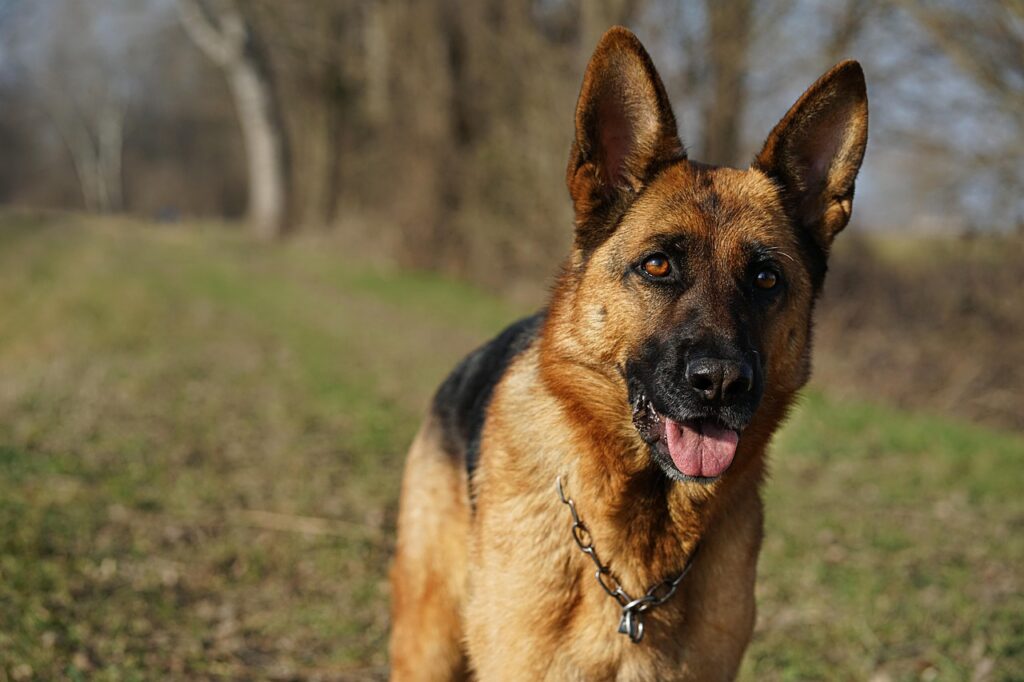
Belgian Malinois Behavior Traits:
- Hyper-focused, high-drive, and intensely alert
- Needs constant mental and physical stimulation
- Not ideal for first-time dog owners
- More reactive and sensitive — ideal for single-handler tasks
- Excels in rapid-response, high-demand scenarios
Training & Obedience: Who’s Easier to Train?
German Shepherds are often easier to train for multi-role purposes like police work, guide services, or family protection. They can handle both obedience and downtime, adapting well to structured environments.
Belgian Malinois, on the other hand, require an experienced handler. While they are often faster learners and react instantly to cues, their intense drive can become destructive if not channeled correctly. Their performance in bite work, scent detection, and agility is unmatched — but it comes at the cost of constant maintenance.
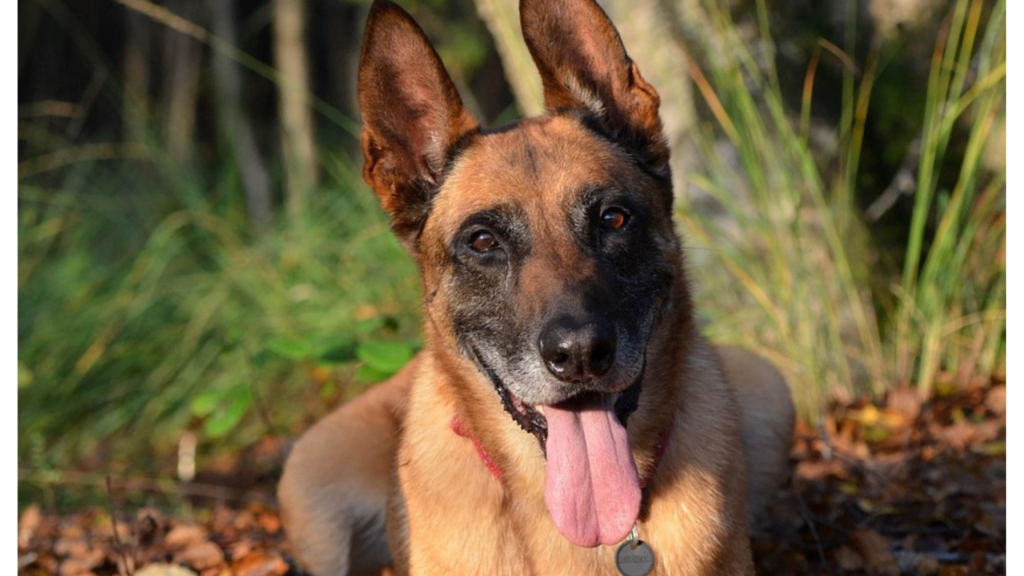
Training Breakdown by Breed:
| Attribute | German Shepherd | Belgian Malinois |
| Focus | Moderate to high | Extremely high |
| Trainability | High | Very high (but intense) |
| Need for stimulation | Medium | Very high |
| Social adaptability | Excellent | Moderate |
| Reaction speed | Moderate | Lightning-fast |
Muscle Power, Bite Strength, and Agility
When it comes to physical performance and bite power, both breeds show impressive strength. However, they express it differently.
Bite Strength:
- German Shepherd: Estimated 238–291 PSI
- Belgian Malinois: Estimated 195–230 PSI
The German Shepherd has a more powerful, bone-crushing bite. But the Malinois uses precision and speed — delivering rapid, repeated strikes during training or apprehension scenarios.
Agility and Speed:
- German Shepherd: Runs up to 30 mph
- Belgian Malinois: Can reach 35–40 mph
The Malinois wins in raw speed, acceleration, and vertical agility. They jump higher, turn quicker, and recover faster between activities.
Stamina & Recovery:
Malinois are bred for marathon-level stamina and recover rapidly between drills. German Shepherds are more durable over long working shifts but tire faster during explosive tasks like bite work or sprinting.
Living Requirements and Lifestyle Fit German
Shepherd:
This breed thrives in a balanced lifestyle — good for active homes or roles with bursts of activity followed by calm periods. They enjoy routine and are deeply loyal to families, making them better suited to being both a working dog and a household pet.
Belgian Malinois:
This breed requires a job. Without consistent training, work, and mental challenges, they may become neurotic, destructive, or aggressive. Best suited for handlers with professional experience, or owners with time to devote 2-3 hours per day to structured activity.
Health & Lifespan: Who’s Healthier?
Both breeds are prone to certain health conditions, but the Malinois typically has a longer, healthier life with fewer joint issues.
German Shepherd Common Issues:
- Hip and elbow dysplasia
- Degenerative myelopathy
- Bloat (gastric torsion)
- Skin allergies
Belgian Malinois Common Issues:
- Hip dysplasia (less common)
- Progressive retinal atrophy (PRA)
- High anxiety or compulsive behavior (if under-stimulated)
Lifespan:
- German Shepherd: 9 to 12 years
- Belgian Malinois: 12 to 14 years
Malinois usually enjoy longer, more active lives, especially when mentally stimulated and well-exercised. Understand if French Bulldogs can wear dog collars and how it affects their neck structure and overall health.
German Shepherd vs Belgian Malinois: Who Would Win in a Working Showdown?
It depends entirely on the task. The German Shepherd’s strength lies in versatility, emotional steadiness, and reliability under a broad range of conditions. They’re powerful, composed, and easily trained for dual roles — both family companion and protector.
The Belgian Malinois is the ultimate high-performance working dog. For specialized missions, including skydiving, counterterrorism, or rapid apprehension, no breed outperforms them. They’re leaner but faster, lighter but more responsive, and best reserved for those who understand how to manage their intensity.
Breakdown Summary:
| Trait | German Shepherd | Belgian Malinois |
| Height | 24 – 26 in | 24 – 26 in |
| Weight | 75 – 90 lbs | 65 – 80 lbs |
| Bite Force | 238–291 PSI | 195–230 PSI |
| Speed | 30 mph | 35–40 mph |
| Intelligence | High | Very High |
| Energy Level | Moderate to high | Extremely high |
| Family Suitability | Excellent | Moderate |
| Trainability | High | Advanced (needs experience) |
| Lifespan | 9 – 12 years | 12 – 14 years |
Conclusion: Choosing Between a German Shepherd and Belgian Malinois
German Shepherd vs Belgian Malinois: If you’re looking for a smart, loyal, and well-rounded protector that fits into family life, the German Shepherd is your dog. They offer strength, emotional intelligence, and unmatched loyalty — ideal for homes, law enforcement, or dual-purpose work.
But if you’re an experienced handler or someone with time and structure to spare, the Belgian Malinois is a high-level partner. Built for speed, stamina, and precision, this breed dominates in fields like military ops, narcotics detection, and protection sports.
Both are incredible dogs — the key is matching their energy and structure to your lifestyle. The better the fit, the stronger the bond. Explore the best dog collars for French Bulldogs to keep them comfortable while ensuring durability and style.

